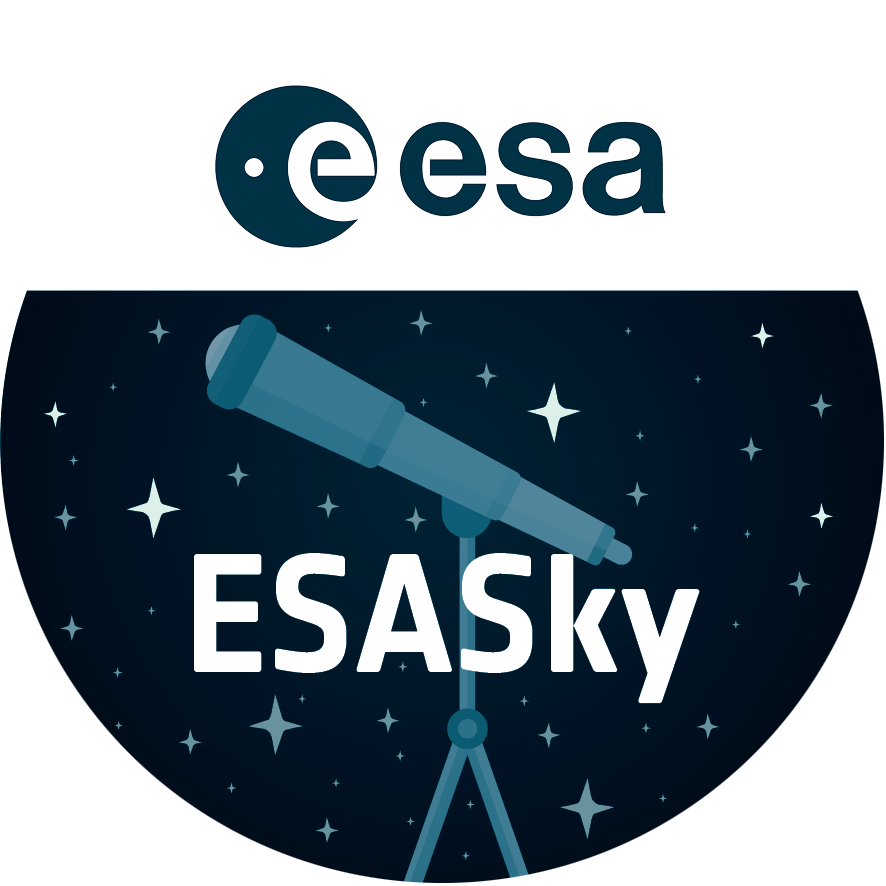Snapshot of a peculiar spiral
A beautiful but skewed spiral galaxy dazzles in today’s NASA/ESA Hubble Space Telescope Picture of the Week. This galaxy, called Arp 184 or NGC 1961, sits about 190 million light-years away from Earth in the constellation Camelopardalis (The Giraffe).
The name Arp 184 comes from the Atlas of Peculiar Galaxies, which was compiled by astronomer Halton Arp in 1966. The 338 galaxies in the atlas are oddly shaped, tending to be neither entirely elliptical nor entirely spiral-shaped. Many of the galaxies are in the process of interacting with other galaxies, while others are dwarf galaxies without well-defined structures. Arp 184 earned its spot in the catalogue thanks to its single broad, star-speckled spiral arm that appears to stretch toward us. The galaxy’s far side sports a few wisps of gas and stars but lacks a similarly impressive spiral arm.
This Hubble image combines data from three Snapshot observing programmes, which are composed of short observations that can be slotted into time gaps between other proposals. One of the three programmes targeted Arp 184 for its peculiar appearance. This programme surveyed galaxies listed in the Atlas of Peculiar Galaxies as well as A Catalogue of Southern Peculiar Galaxies and Associations, a similar catalogue compiled by Halton Arp and Barry Madore.
The remaining two programmes were designed to check up on the aftermath of fleeting astronomical events like supernovae and tidal disruption events — when a star is ripped apart after wandering too close to a supermassive black hole. Since Arp 184 has hosted four known supernovae in the past three decades, it’s a rich target for a supernova hunt.
[Image Description: A spiral galaxy seen at a skewed angle. Its centre is a bright spot radiating light. A thick, stormy disc of material surrounds this, with swirling strands of dark dust and bright spots of star formation strewn through the disc. A large spiral arm extends from the disc towards the viewer. Some foreground stars are visible atop the galaxy.]
Links
Credit:ESA/Hubble & NASA, J. Dalcanton, R. J. Foley (UC Santa Cruz), C. Kilpatrick
About the Image
| Id: | potw2517a |
|---|---|
| Type: | Observation |
| Release date: | 28 April 2025, 06:00 |
| Size: | 4025 x 3799 px |
About the Object
| Name: | NGC 1961 |
|---|---|
| Distance: | 190 million light years |
| Constellation: | Camelopardalis |
| Category: | Galaxies |
Image Formats
Classic Wallpapers
Coordinates
| Position (RA): | 5 42 1.33 |
|---|---|
| Position (Dec): | 69° 22' 29.15" |
| Field of view: | 2.66 x 2.51 arcminutes |
| Orientation: | North is 22.3° right of vertical |
Colours & filters
| Band | Wavelength | Telescope |
|---|---|---|
| Optical V | 555 nm |
Hubble Space Telescope
ACS |
| Optical V | 606 nm |
Hubble Space Telescope
WFC3 |
| Optical V | 606 nm |
Hubble Space Telescope
ACS |
| Optical I | 814 nm |
Hubble Space Telescope
WFC3 |


